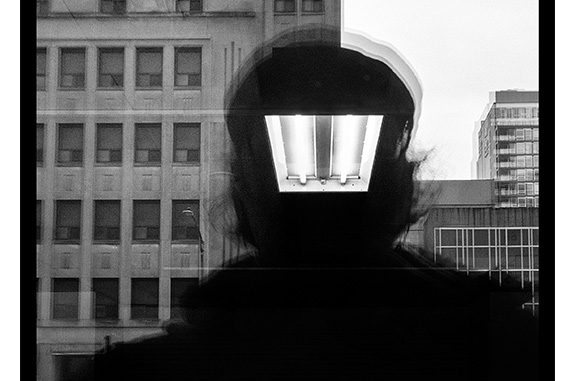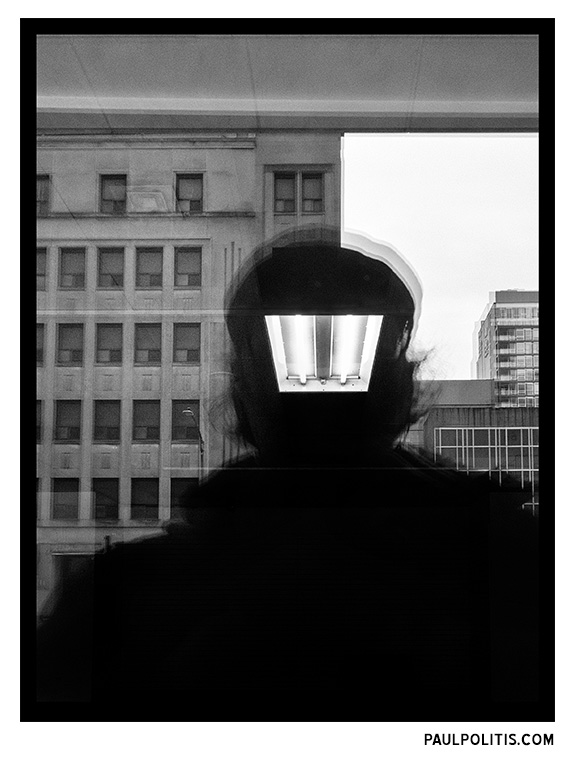

Recently I’ve been thinking about John Szarkowski‘s idea of photographs as either windows or mirrors. It’s interesting to think of one’s own work and the work of others through this lens (no pun intended), keeping in mind, as Szarkowski was careful to note, that it’s not a binary classification but “a continuous axis”.
From a MOMA press release announcing their 1978 exhibition Mirrors and Windows: American Photography since 1960:
MIRRORS AND WINDOWS has been organized around Szarkowski’s thesis that such personal visions take one of two forms. In metaphorical terms, the photograph is seen either as a mirror–a romantic expression of the photographer’s sensibility as it projects itself on the things and sights of this world; or as a window—through which the exterior world is explored in all its presence and reality.
The 1950s marked the historical watershed in photography’s turning away from public to private concerns for a whole complex of economic, social and technological factors including the decline of the great picture magazines (Life, Look) and the diminished commercial and, by extension, social opportunities available to the photographic professional. Two major influences in the realignment of photography’s relation to the world were Minor White’s magazine Aperture, which first appeared in 1952, and Robert Frank’s 1959 book The Americans, a personal vision of the Eisenhower era. Between White, the prototypical “mirror,” and Frank, the prototypical “window,” there was defined, in Szarkowski’s works, “a model for the fundamentally divergent concepts of photography’s function,” a model still “useful in the critical analysis of the continued evolution of American photography during the past two decades.”
Among the leading practitioners of the “mirror” approach are Paul Caponigro; Jerry N. Uelsmann, whose surreal, technically stunning montages have been widely influential; Robert Heinecken; and painter Robert Rauschenberg, who easily and elegantly incorporates photos and photographic processes into his work in other mediums.
Foremost among the “windows” group is Garry Winogrand, who, Szarkowski feels, may well be “the central photographer of his generation. No other work of the period has insisted so clearly and uncompromisingly on exploring the uniquely prejudicial (intrinsic) qualities of photographic description.” Others who have set out to explore the world through the window of photography are Lee Friedlander, with his playful references to photographers of the past, Diane Arbus, Ray Metzker, and Ed Ruscha. And no survey of photography of the past 20 years would be complete without a look at color photography in the work of William Eggleston, Stephen Shore, and Joel Meyerowitz.
Szarkowski, however, is quick to point out that the mirrors-and-windows dichotomy is not a hard and fast one. “It must be emphasized that the distinction proposed here…is not intended as a method of dividing recent photography into two discrete and unrelated bodies. On the contrary, the model suggested here is that of a continuous axis …. No photographer’s work could embody with perfect purity either of the two divergent motives; it is the nature of his problem to find a personally satisfactory resolution of the contesting claims of recalcitrant facts and the will to form.”
What unites the photographers included in the exhibition is their common “pursuit of beauty: that formal integrity that pays homage to the dream of meaningful life.
[…]
A half-century ago, photography as self-expression was exemplified by Alfred Stieglitz, and the realist view by Eugene Atget. As Szarkowski notes, “in either case, what artist could want a more distinguished sponsor? The distance between them is to be measured not in terms of the relative force or originality of their work, but in terms of their conceptions of what a photograph is: is it a mirror, reflecting a portrait of the artist who made it, or a window, through which one might better know the world?”
— Mirrors and Windows: American Photography since 1960 (MOMA press release, 1978)